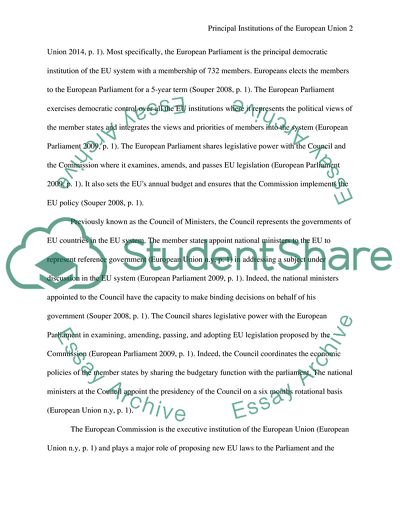Cite this document
(“Principal Institutions of the European Union Essay”, n.d.)
Retrieved de https://studentshare.org/law/1635517-what-are-the-principal-institutions-of-the-european-union-to-what-extent-do-these-institutions-engage-with-the-sources-of-eu-law
Retrieved de https://studentshare.org/law/1635517-what-are-the-principal-institutions-of-the-european-union-to-what-extent-do-these-institutions-engage-with-the-sources-of-eu-law
(Principal Institutions of the European Union Essay)
https://studentshare.org/law/1635517-what-are-the-principal-institutions-of-the-european-union-to-what-extent-do-these-institutions-engage-with-the-sources-of-eu-law.
https://studentshare.org/law/1635517-what-are-the-principal-institutions-of-the-european-union-to-what-extent-do-these-institutions-engage-with-the-sources-of-eu-law.
“Principal Institutions of the European Union Essay”, n.d. https://studentshare.org/law/1635517-what-are-the-principal-institutions-of-the-european-union-to-what-extent-do-these-institutions-engage-with-the-sources-of-eu-law.


